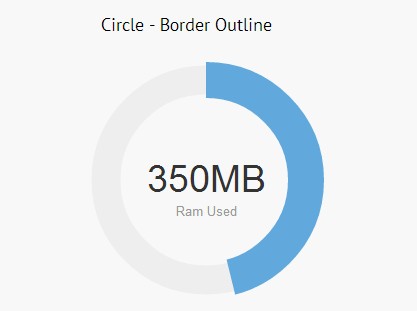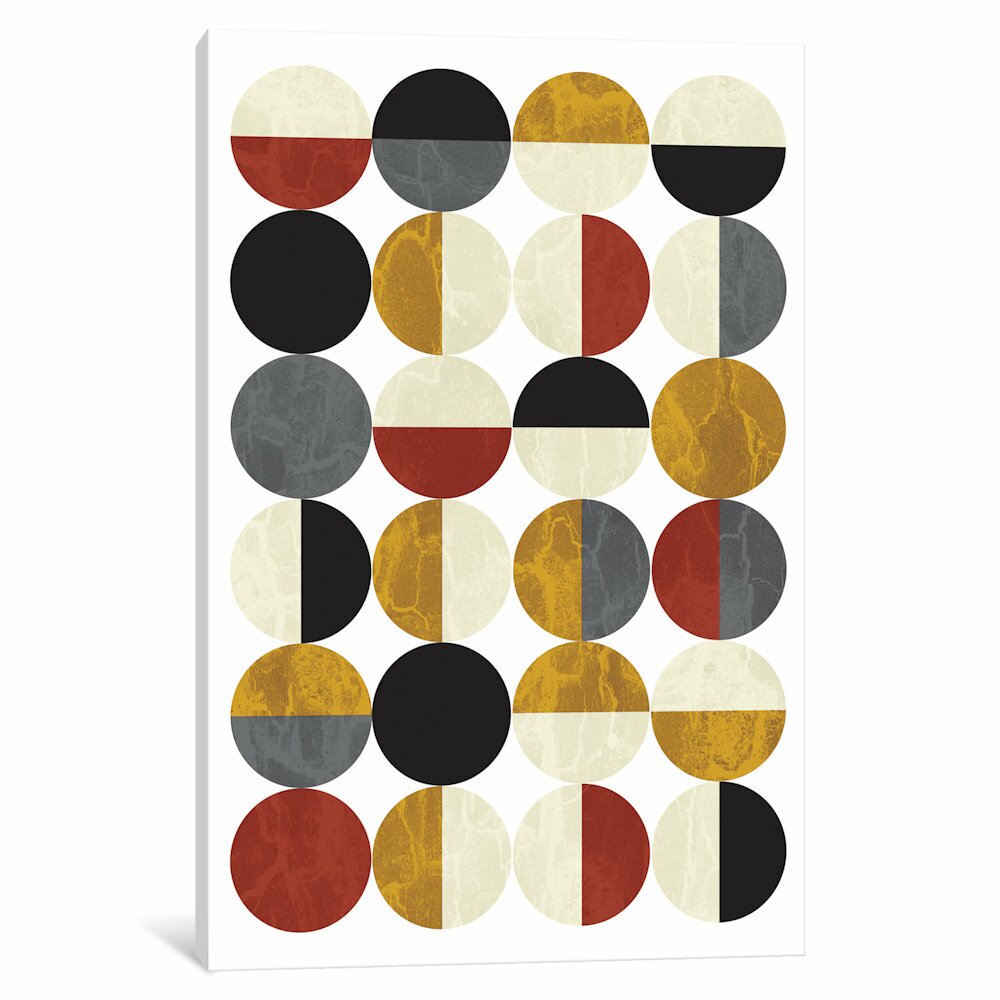Semi Circle Html Canvas
Creating Pie charts / doughnut charts with html 5 canvas tag and Chart.js for getting started information documentation go to Mohit M. Well, that's all there is to drawing circles on the canvas. As you've seen by now, there is no simple circle method that draws a circle for you. Instead, you have the more general arc method that provides you with a lot of little buttons to push and to customize what your circle looks like. With generality, you often get complexity. Before we can start drawing, we need to talk about the canvas grid or coordinate space. Our HTML skeleton from the previous page had a canvas element 150 pixels wide and 150 pixels high. To the right, you see this canvas with the default grid overlayed. Normally 1 unit in the grid corresponds to 1 pixel on the canvas. The origin of this grid is positioned in the top left corner at coordinate.

There is an arcfunction. Var canvas = document.getElementById('circle-canvas');var context = canvas.getContext('2d');var centerX = canvas.width / 2;var centerY = canvas.height / 4;var radius = canvas.width / 4;// I think these values are the angles for the bottom half - otherwise use other valuesvar startingAngle = Math.PI;var endingAngle = 0;var counterclockwise = true;context.arc(centerX, centerY, radius, startingAngle,endingAngle, counterclockwise);context.lineWidth = 4;context.strokeStyle = '#369';context.stroke.
Now that we have set up our, we can get into the details of how to draw on the canvas. By the end of this article, you will have learned how to draw rectangles, triangles, lines, arcs and curves, providing familiarity with some of the basic shapes.
Working with paths is essential when drawing objects onto the canvas and we will see how that can be done. The gridBefore we can start drawing, we need to talk about the canvas grid or coordinate space. Our HTML skeleton from the previous page had a canvas element 150 pixels wide and 150 pixels high. To the right, you see this canvas with the default grid overlayed. Normally 1 unit in the grid corresponds to 1 pixel on the canvas. The origin of this grid is positioned in the top left corner at coordinate (0,0). All elements are placed relative to this origin.

So the position of the top left corner of the blue square becomes x pixels from the left and y pixels from the top, at coordinate (x,y). Later in this tutorial we'll see how we can translate the origin to a different position, rotate the grid and even scale it, but for now we'll stick to the default. Drawing rectanglesUnlike, only supports one primitive shape: rectangles. All other shapes must be created by combining one or more paths, lists of points connected by lines. Luckily, we have an assortment of path drawing functions which make it possible to compose very complex shapes.First let's look at the rectangle. There are three functions that draw rectangles on the canvas: Draws a filled rectangle. Draws a rectangular outline.
Clears the specified rectangular area, making it fully transparent.Each of these three functions takes the same parameters. X and y specify the position on the canvas (relative to the origin) of the top-left corner of the rectangle. Width and height provide the rectangle's size.Below is the draw function from the previous page, but now it is making use of these three functions. Rectangular shape example. Note: When the current path is empty, such as immediately after calling beginPath, or on a newly created canvas, the first path construction command is always treated as a moveTo, regardless of what it actually is.
For that reason, you will almost always want to specifically set your starting position after resetting a path.The second step is calling the methods that actually specify the paths to be drawn. What is message context property base in orchestration. We'll see these shortly.The third, and an optional step, is to call closePath. This method tries to close the shape by drawing a straight line from the current point to the start. If the shape has already been closed or there's only one point in the list, this function does nothing. Note: To learn more about the arc function, see the section below. LinesFor drawing straight lines, use the lineTo method.
Half Circle Html Canvas
Draws a line from the current drawing position to the position specified by x and y.This method takes two arguments, x and y, which are the coordinates of the line's end point. The starting point is dependent on previously drawn paths, where the end point of the previous path is the starting point for the following, etc. The starting point can also be changed by using the moveTo method.The example below draws two triangles, one filled and one outlined. Note: Angles in the arc function are measured in radians, not degrees. To convert degrees to radians you can use the following JavaScript expression: radians = (Math.PI/180).degrees.The following example is a little more complex than the ones we've seen above. It draws 12 different arcs all with different angles and fills.The two are for looping through the rows and columns of arcs. For each arc, we start a new path by calling beginPath.
Html5 Canvas Circle Animation
In the code, each of the parameters for the arc is in a variable for clarity, but you wouldn't necessarily do that in real life.The x and y coordinates should be clear enough. Radius and startAngle are fixed. The endAngle starts at 180 degrees (half a circle) in the first column and is increased by steps of 90 degrees, culminating in a complete circle in the last column.The statement for the clockwise parameter results in the first and third row being drawn as clockwise arcs and the second and fourth row as counterclockwise arcs. Finally, the if statement makes the top half stroked arcs and the bottom half filled arcs.
Latest News
- Warcraft 3 Azeroth Wars
- Surface Pro 3 Auto Rotate
- Mar Adentro Filme Completo Dublado Portugues
- Autodesk Inventor 2014 Activation Keygen Key
- How Our The Crew Members On Gold Rush Paid
- Sims 4 Exhibition Skill
- Game Boy Advance Mods
- Safco Pivot Seat Cushion
- Cara Membuat File Commander Jadi Premium
- Hancom Office 2014 Apk Crack
- Black Ice Hoi4 Download
- Amiga Kickstart Roms Pack
- Dragon Tales To Kingdom Come
- Sims 4 Forgotten Hollow Secrets
- Download World Of Warcraft Offline
- Opanda Powerexif Standard Crack
- The Sims 4 Default Skin Replacement
- Fallout 4 Dense Mod
- Dosh Edition First Aid Kits